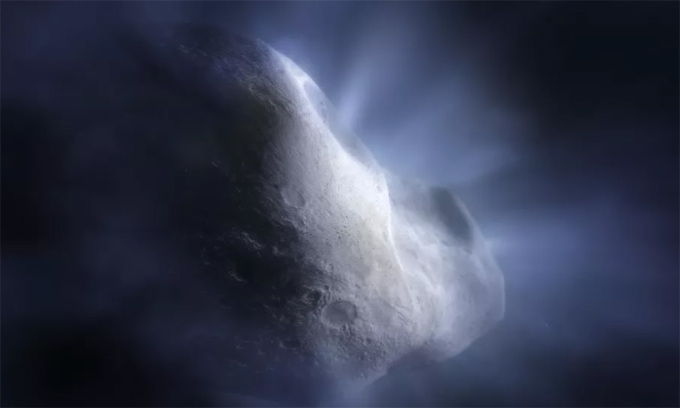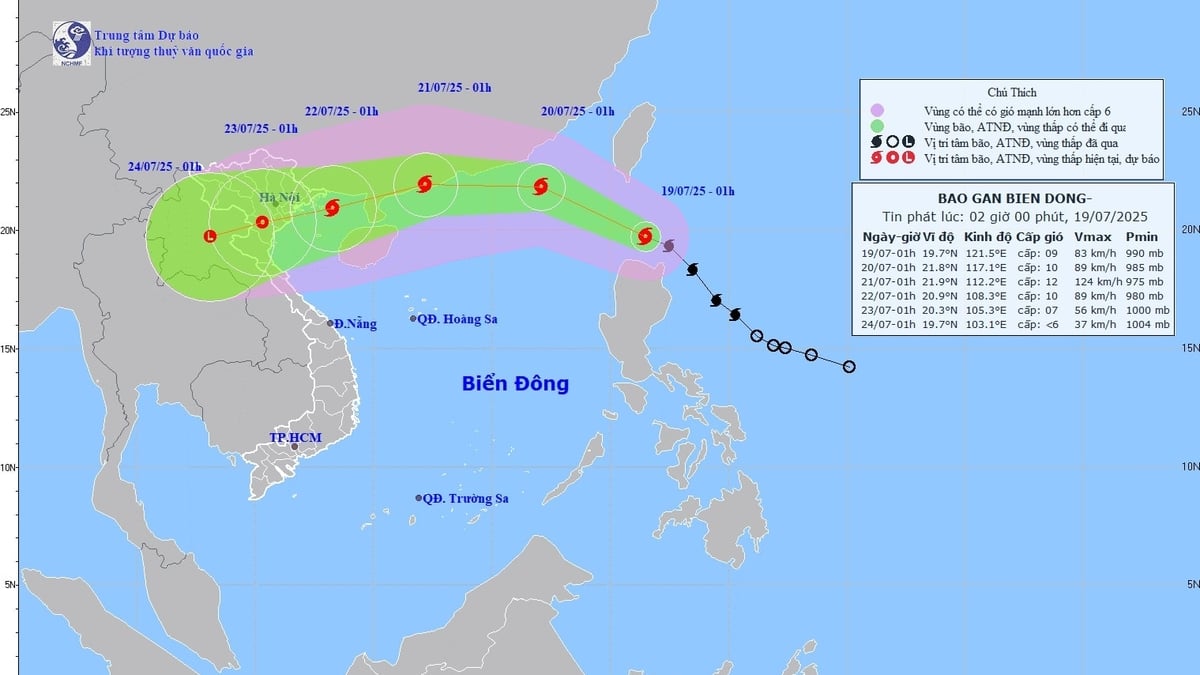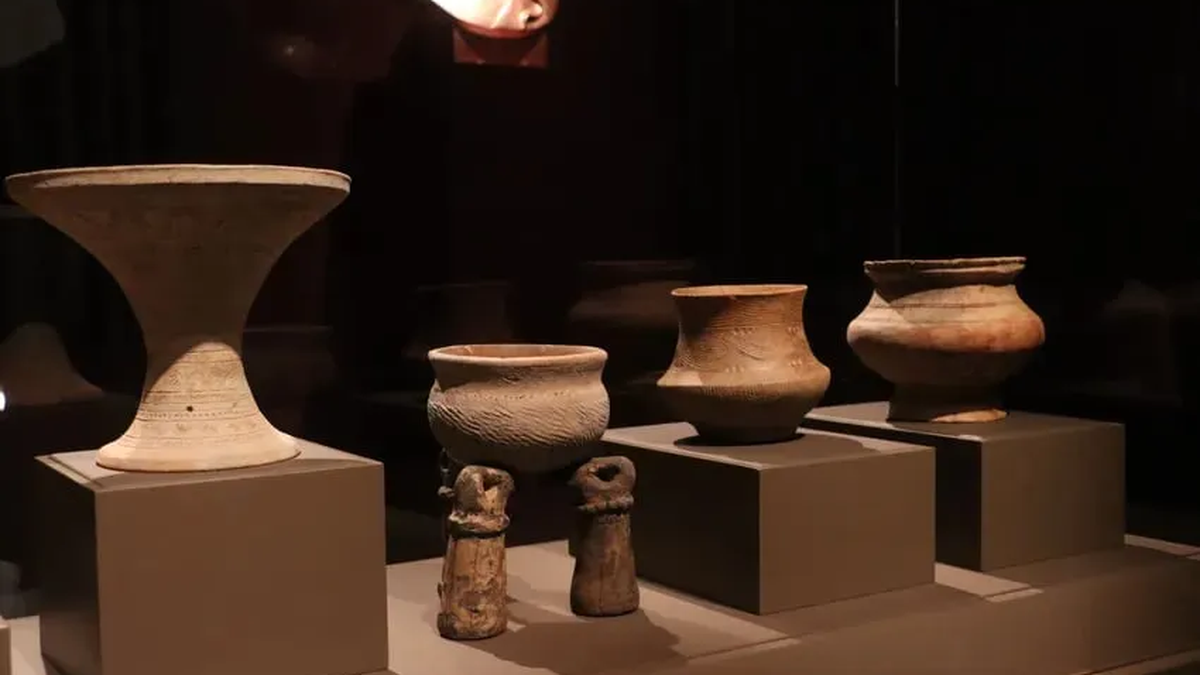The James Webb Space Telescope has observed water vapor around a rare comet in the asteroid belt between Jupiter and Mars.

Simulation of comet 238P/Read showing sublimation - water ice evaporating as it approaches the Sun. Image: NASA/ESA
The new discovery is a scientific breakthrough by the James Webb Space Telescope, marking the first time gas, in this case water vapor, has been found around comet 238P/Read, Space reported on May 16. This is important because it suggests that water in the early solar system may have been preserved as ice in the main asteroid belt.
“We’ve seen main belt objects with all the characteristics of comets before, but with this precise spectroscopic data from JWST, we can be sure that water ice is causing the effect,” said astronomer Michael Kelley at the University of Maryland, who led the study. The new study appears in the journal Nature.
The discovery of water vapor around 238P/Read, a comet in the main asteroid belt of the solar system, helps support theories that water, an essential ingredient for life, was brought to Earth from space by comets. However, the new study also brings up another mystery: 238P/Read does not have CO2, as astronomers expected.
The lack of CO2 around comet 238P/Read surprised scientists, as previous calculations had suggested that the compound made up 10 percent of the volatile matter in comets. They speculate that there are two possible reasons why 238P/Read lacks CO2. First, the comet may have contained CO2 during its formation, but it was lost due to the Sun's heating. Second, 238P/Read formed in a region of the Solar System that lacks the compound.
The main asteroid belt of the solar system is mainly composed of rocky bodies such as asteroids. However, it also occasionally hosts objects such as comet 238P/Read. The heads and tails of comets are made of solid ice material that sublimates directly into gas as the comet approaches the Sun and heats up.
"Our watery world (Earth) - teeming with life and unique in the known universe - remains a mystery. We are not sure how this water got there. Understanding the history of water distribution in the Solar System will help us understand other planetary systems and assess whether they might host an Earth-like planet," said study co-author Stefanie Milam.
Next, the team aims to observe 238P/Read to see if similar rare comets share the same composition. To do this, they will likely take closer observations with the James Webb and other telescopes, and rely on spacecraft to collect samples from main-belt comets.
Thu Thao (According to Space )
Source link






























































































![[Infographic] In 2025, 47 products will achieve national OCOP](https://vphoto.vietnam.vn/thumb/402x226/vietnam/resource/IMAGE/2025/7/16/5d672398b0744db3ab920e05db8e5b7d)





Comment (0)